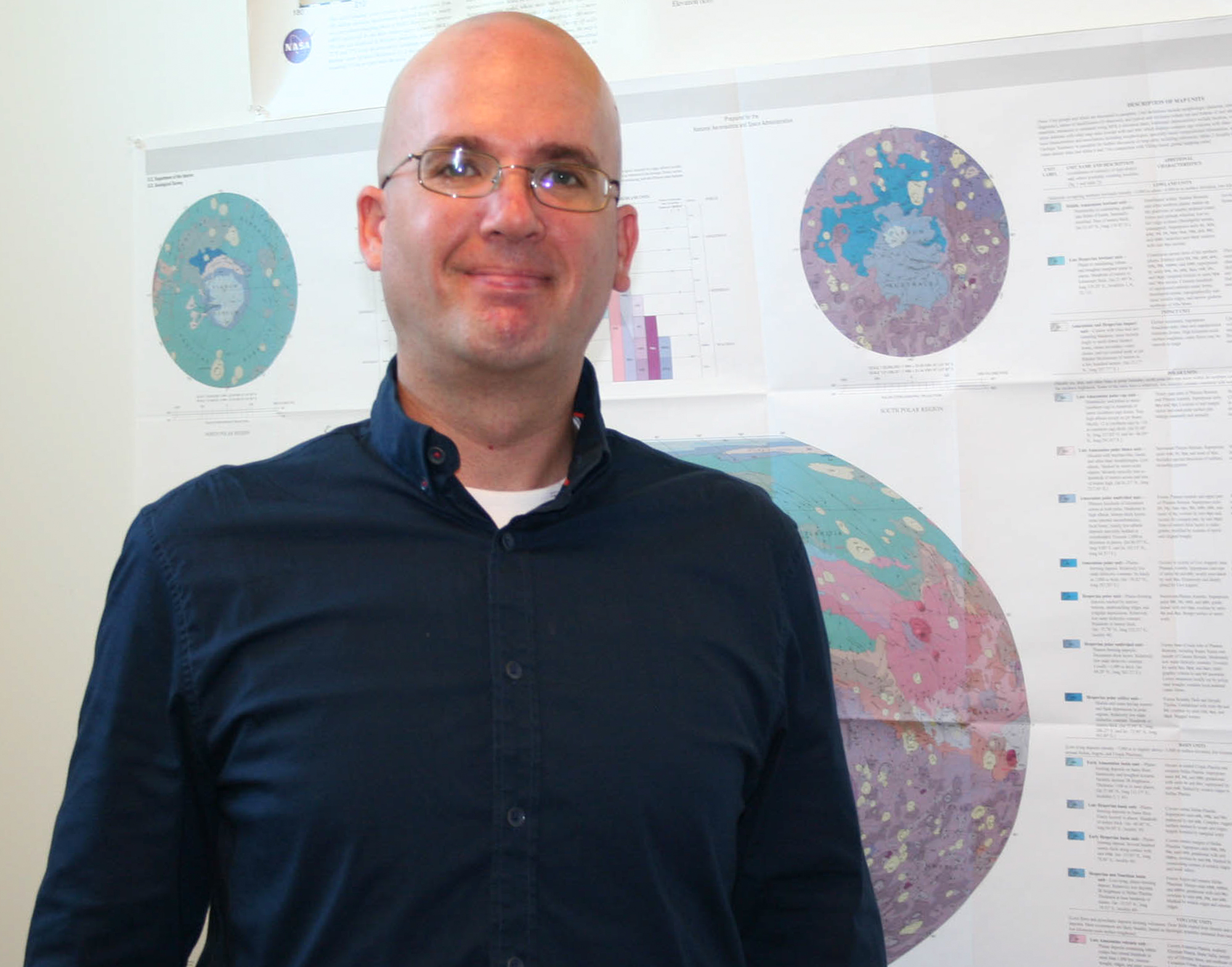Students will be reaching for the stars after receiving a grant from NASA to establish the Introduction to the Solar System lab course.
The proposal by Travis Orloff, instructor of physics and planetary sciences, makes Pierce one of five schools in the country taking part in the NASA Minority University Research and Education Project.
The class will be a hands-on learning experience that allows students to learn the basics of space exploration. Fulfilling both California State University and Intersegmental General Education Transfer Curriculum, the course is expected to start being offered in Fall 2019.
“We know that hands on active learning experiences can drastically change students’ opinions on science,” Heather Kokorowski, instructor of oceanography and geology, wrote in an email response. “With this in mind, the new Introduction to the Solar System lab class at Pierce will embrace an active-learning approach. Students will design and build spacecrafts and instruments with 3D printers, and they will go through the steps to design and implement a simulated mission to space.”
Video games such as Kerbal Space Program and Universe Sandbox will be used to help teach students the essentials of space flight. They simulate launching a rocket and potential scenarios in space that students are tasked to solve.
Pierce student Brandon Moghanian was impressed by the proposal of the new lab class and enjoys the idea of technology in the classroom.
“It’s a little more hands on than what I’m used to,” Moghanian said. “I like the idea of video games in school. You’ll introduce more technology because I think that’s the future of education, so any way to implement that in the classroom would be good.”
The course introduces a different avenue of learning through video games, which is something that is not offered in any other science class at Pierce.
Through the class, five students will also be offered an internship at the NASA Jet Propulsion Laboratory in Pasadena.
“Our students have five spots just for themselves, whereas it would be competitive across the nation for the rest of the spots,” Orloff said. “Somebody who might be interested in science but just doesn’t have the chance, now they can.”
Opportunities offered through NASA’s grant will help students embrace science and provide them with a way to be involved in the field.
Orloff credits Kokorowski for helping him turn the class into a reality.
“Professor Heather Kokorowski provided a huge help in adding a lot to kind of just improve the proposal itself,” Orloff said. “She brought my proposal from being a good proposal to what I think is a great proposal.”




